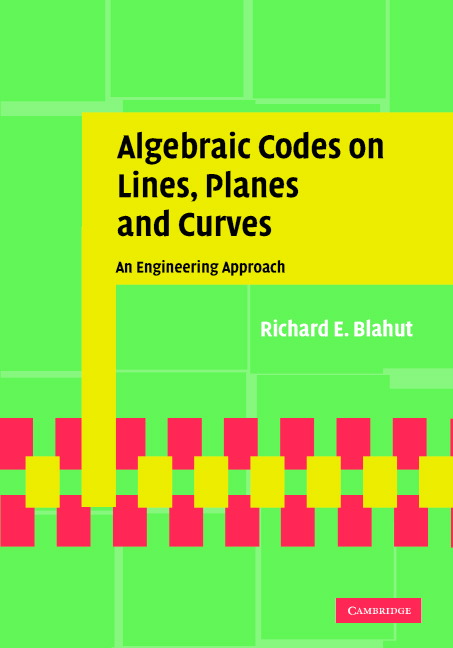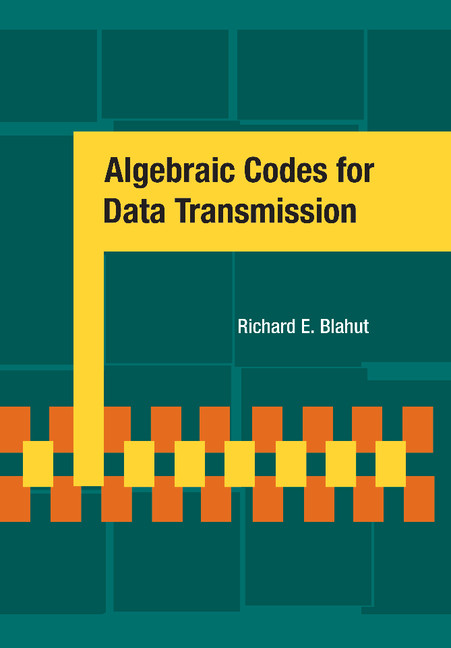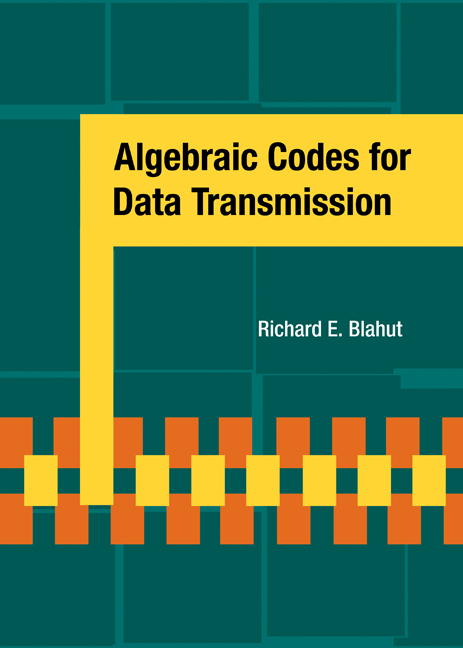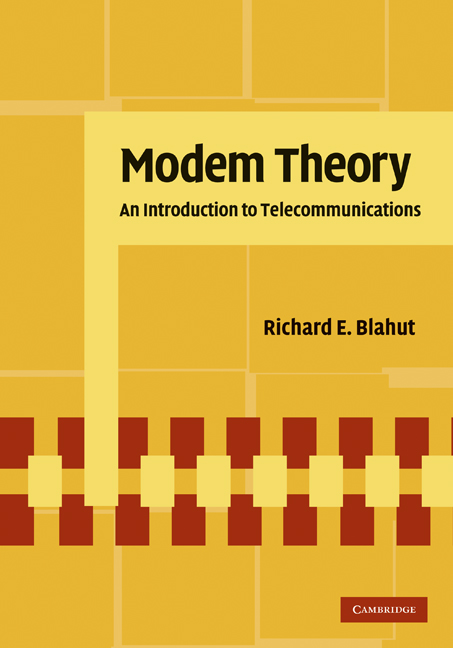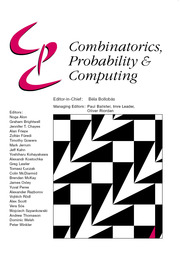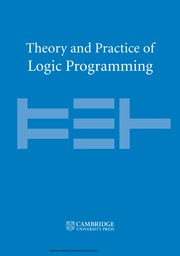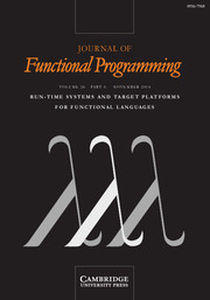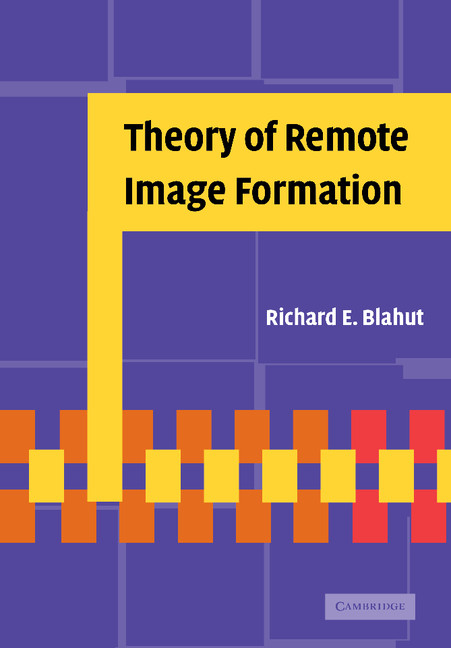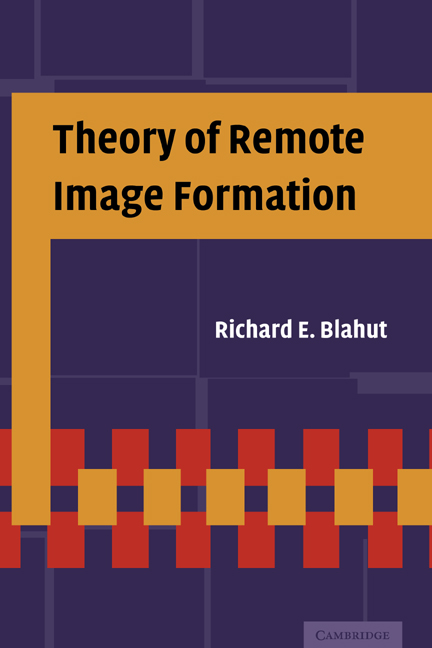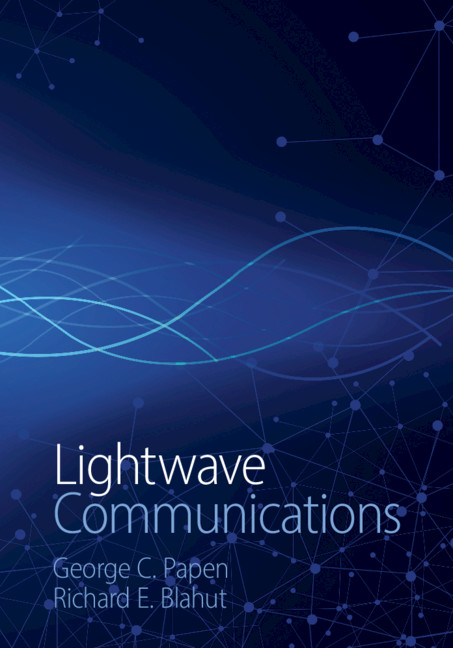Algebraic Codes on Lines, Planes, and Curves
Algebraic geometry is often employed to encode and decode signals transmitted in communication systems. This book describes the fundamental principles of algebraic coding theory from the perspective of an engineer, discussing a number of applications in communications and signal processing. The principal concept is that of using algebraic curves over finite fields to construct error-correcting codes. The most recent developments are presented including the theory of codes on curves, without the use of detailed mathematics, substituting the intense theory of algebraic geometry with Fourier transform where possible. The author describes the codes and corresponding decoding algorithms in a manner that allows the reader to evaluate these codes against practical applications, or to help with the design of encoders and decoders. This book is relevant to practicing communication engineers and those involved in the design of new communication systems, as well as graduate students and researchers in electrical engineering.
- Replaces exhaustive mathematics with the Fourier transform, covering algebraic coding from the perspective of an engineer
- Integrates recent developments in the field into the classical engineering framework of error-control codes
- Describes a number of applications of algebraic coding in communications and signal processing
Reviews & endorsements
"... a rich, detailed, but fundamentally elementary take on material previously available only to specialists... will be valuable for academic libraries."
D.V. Feldman, University of New Hampshire for Choice Magazine
Product details
April 2008Hardback
9780521771948
576 pages
254 × 179 × 30 mm
1.25kg
86 b/w illus.
Available
Table of Contents
- 1. Sequences and the one-dimensional Fourier transform
- 2. The Fourier transform and cyclic codes
- 3. The many decoding algorithms for Reed-Solomon codes
- 4. Within or beyond the packing radius
- 5. Arrays and the two-dimensional Fourier transform
- 6. The Fourier transform and bicyclic codes
- 7. Arrays and the algebra of bivariate polynomials
- 8. Computation of minimal bases
- 9. Curves, surfaces, and vector spaces
- 10. Codes on curves and surfaces
- 11. Other representations of codes on curves
- 12. The many decoding algorithms for codes on curves.

